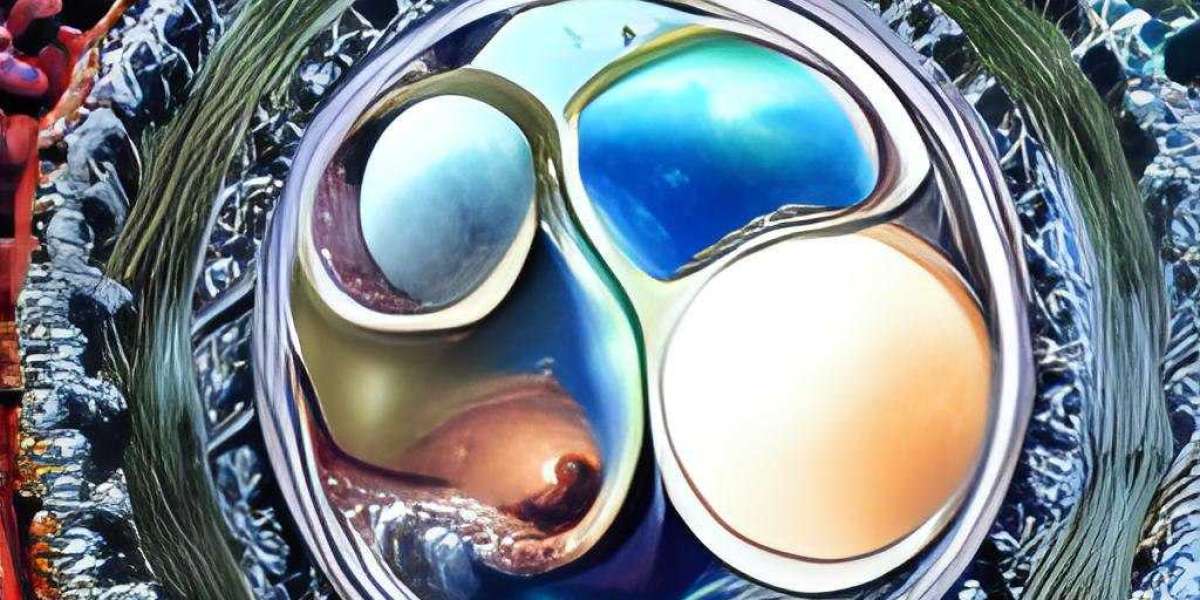Fish farming cruelty, or aquaculture, has become a significant part of the global food production system. It accounts for more than half of the fish consumed worldwide, providing a seemingly sustainable solution to overfishing in the wild. However, beneath the surface of this industry lies a disturbing reality: the often-overlooked cruelty and suffering endured by farmed fish. This article delves into the various aspects of fish farming that contribute to animal cruelty, examining the conditions in which fish are raised, the impact on their welfare, and the ethical implications of these practices.
The Growth of Aquaculture
Aquaculture has grown exponentially over the past few decades, driven by the increasing demand for seafood and the decline of wild fish stocks due to overfishing, pollution, and climate change. The industry's rapid expansion is evident in its scale: billions of fish are farmed globally each year. This growth, however, has come at a significant cost to the welfare of the fish being farmed.
Inhumane Living Conditions
One of the primary concerns regarding fish farming is the overcrowded and unnatural living conditions in which fish are kept. Farmed fish are often confined in small, densely packed enclosures such as tanks, ponds, or sea cages. These conditions can lead to severe stress and aggression among the fish. In the wild, fish have vast expanses of water to swim through, but in farms, they are restricted to spaces that are far too small for their natural behaviors.
Overcrowding also increases the risk of disease and parasites. In an effort to control these outbreaks, fish farmers frequently use antibiotics and chemicals, which can have detrimental effects on the fish's health and contribute to antibiotic resistance—a significant public health concern. Moreover, the constant exposure to these substances can cause physical discomfort and illness in the fish, exacerbating their suffering.
Health and Welfare Issues
Fish are sentient beings capable of experiencing pain and distress. Despite this, the welfare of farmed fish is often neglected. High mortality rates are a common issue in fish farming, with many fish dying before they reach market size due to disease, poor water quality, or inadequate nutrition. Those that do survive often suffer from physical deformities, such as spinal malformations and damaged fins, caused by the stressful and cramped conditions.
Furthermore, the handling processes in fish farms can be particularly cruel. Fish are often subjected to rough handling during sorting, vaccination, and transportation. These procedures can cause injuries, stress, and even death. For instance, during transport, fish are usually packed tightly in containers with limited water, leading to hypoxia (lack of oxygen) and severe stress.
Slaughter Methods
The methods used to slaughter farmed fish are another significant area of concern. Unlike terrestrial animals, there are few regulations governing the humane slaughter of fish. Many fish are killed in ways that cause prolonged suffering, such as asphyxiation (removal from water), which can take several minutes to induce death. Other common methods include gill cutting and gutting while the fish are still conscious, leading to extreme pain and distress.
More humane methods, such as stunning the fish before slaughter, are available but are not widely implemented due to cost and logistical challenges. The lack of standardization and enforcement of humane slaughter practices means that countless fish endure unnecessary suffering at the end of their lives.
Environmental Impact
The cruelty in fish farming extends beyond the fish themselves to the broader environment. Fish farms often discharge waste, chemicals, and uneaten feed into the surrounding water, leading to pollution and the destruction of local ecosystems. This pollution can harm wild fish populations and other marine life, further compounding the ethical issues associated with fish farming.
In addition, the demand for fish feed, which is often made from wild-caught fish, places additional pressure on already depleted wild fish stocks. This practice not only undermines the sustainability claims of aquaculture but also contributes to the suffering of wild fish populations that are caught and processed into feed.
Ethical Considerations
The ethical implications of fish farming cruelty are profound. As sentient beings, fish deserve to be treated with respect and compassion. The current practices in the aquaculture industry fall far short of this standard, raising serious moral questions about our treatment of these animals.
Consumers, often unaware of the conditions in which their seafood is produced, play a crucial role in perpetuating this cycle of cruelty. Greater awareness and education about the welfare issues in fish farming are essential to drive demand for more humane and sustainable practices.
Moving Towards Humane Aquaculture
Addressing the cruelty in fish farming requires a multifaceted approach. Firstly, there must be stronger regulations and enforcement to ensure the welfare of farmed fish. This includes setting limits on stocking densities, improving water quality management, and mandating the use of humane slaughter methods.
Secondly, the industry should invest in research and development of alternative farming methods that prioritize fish welfare. For example, recirculating aquaculture systems (RAS) offer a more controlled environment that can reduce the risk of disease and improve living conditions for fish.
Thirdly, consumers can play a significant role by choosing to support sustainable and humane aquaculture practices. Certification schemes such as the Aquaculture Stewardship Council (ASC) and Best Aquaculture Practices (BAP) provide guidelines for responsible fish farming and offer a way for consumers to make more ethical choices.
Conclusion
Fish farming cruelty, while offering a solution to overfishing, has its own set of ethical challenges that cannot be ignored. The cruelty inflicted on farmed fish through overcrowded living conditions, disease, rough handling, and inhumane slaughter methods calls for urgent attention and action. By advocating for better regulations, supporting humane farming practices, and making informed consumer choices, we can work towards a future where the welfare of farmed fish is respected and prioritized.








